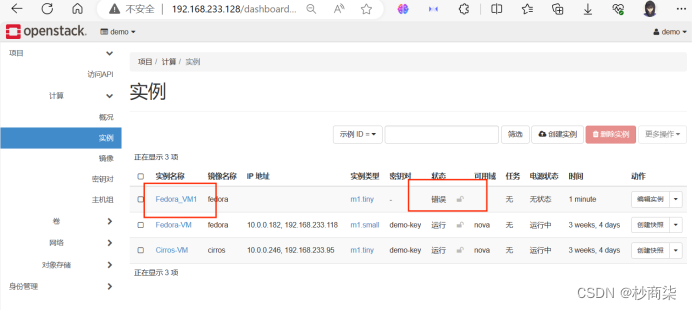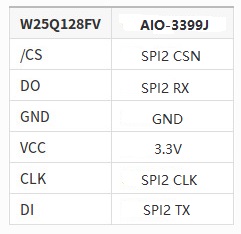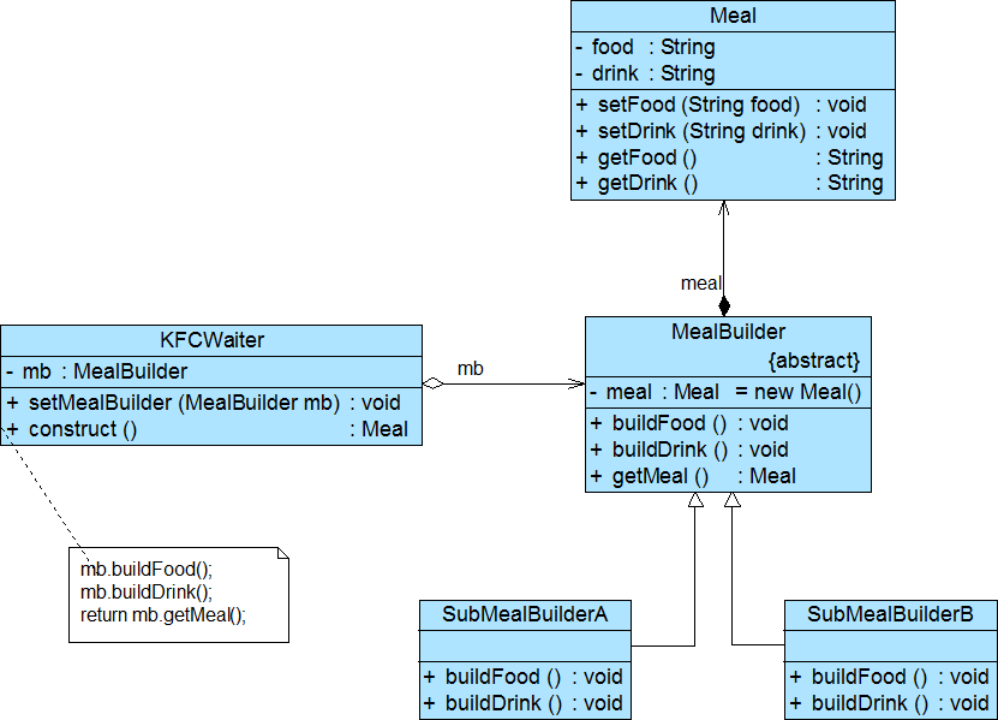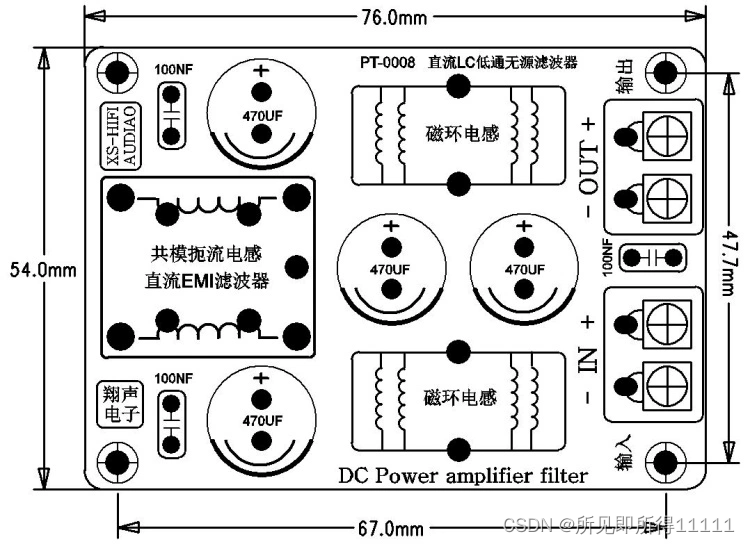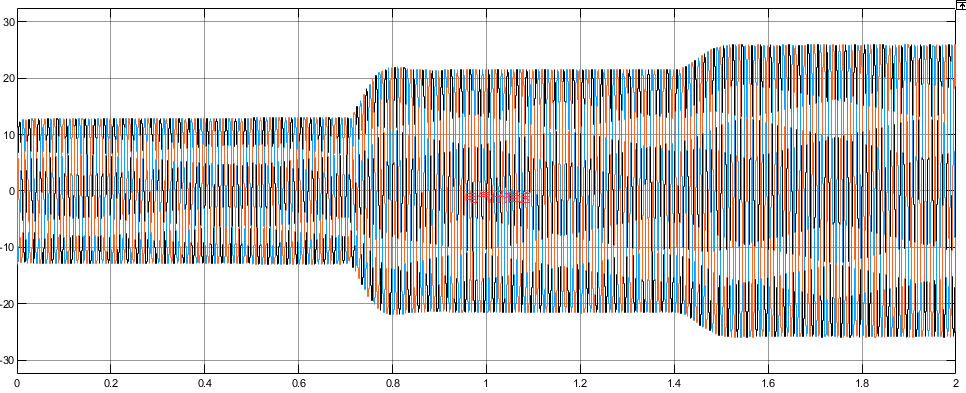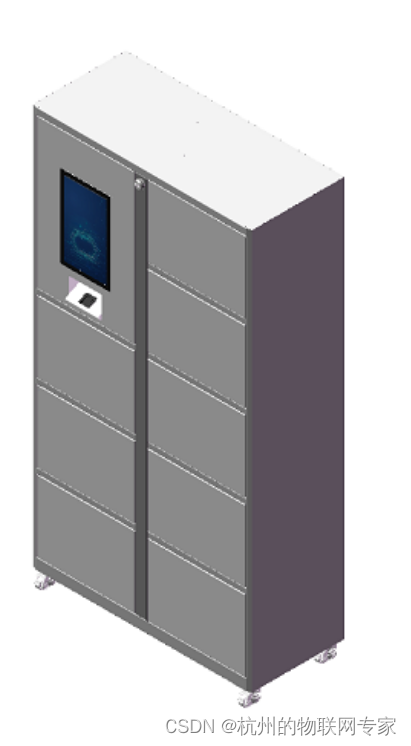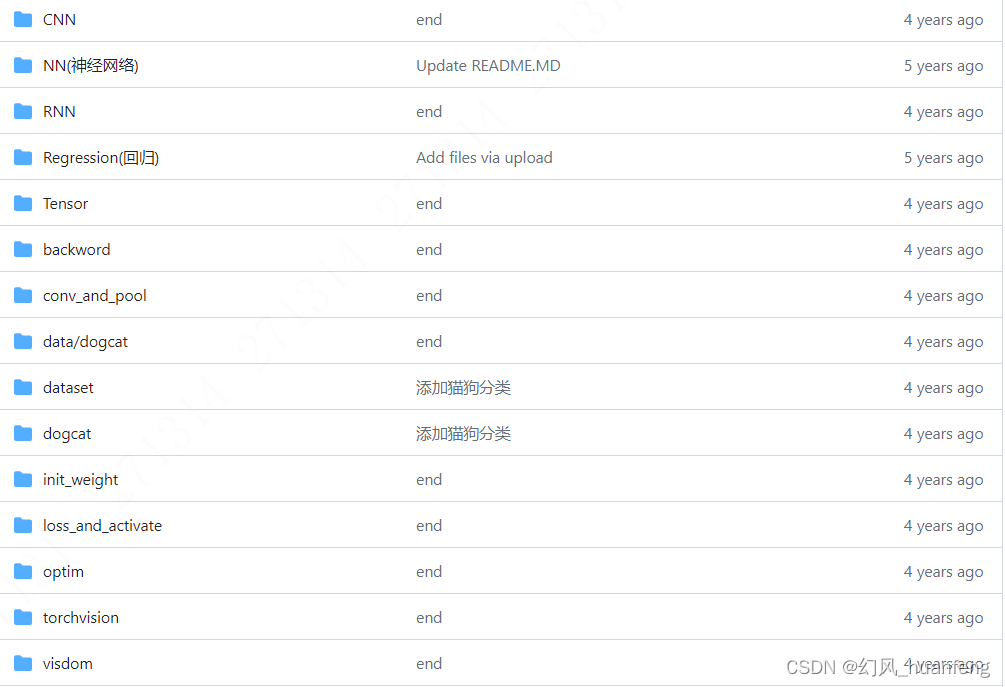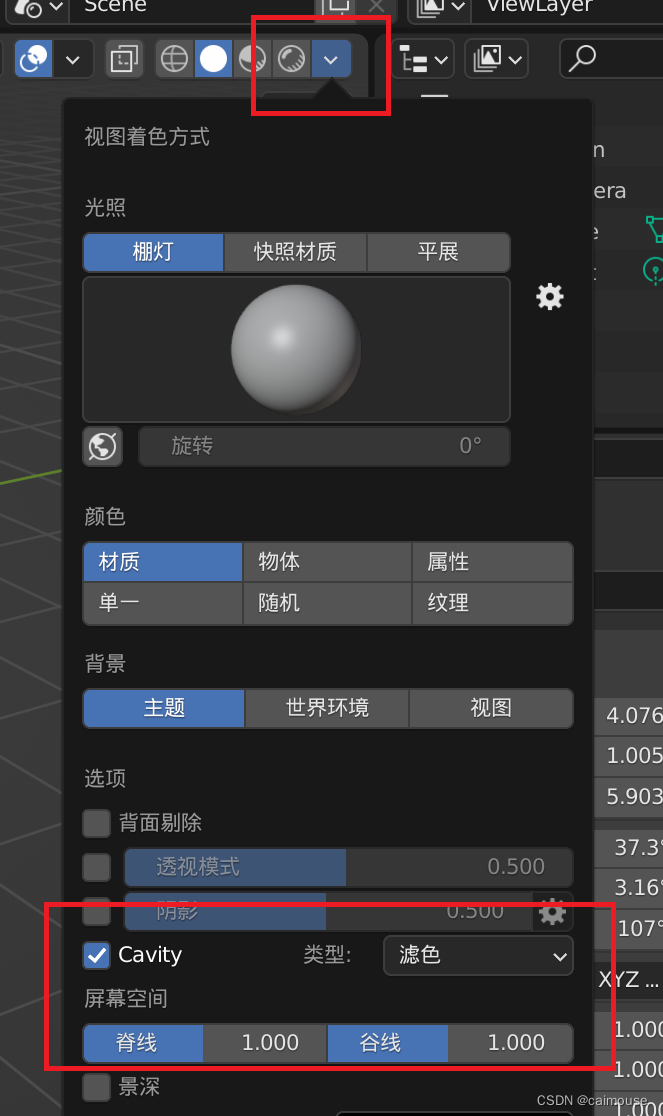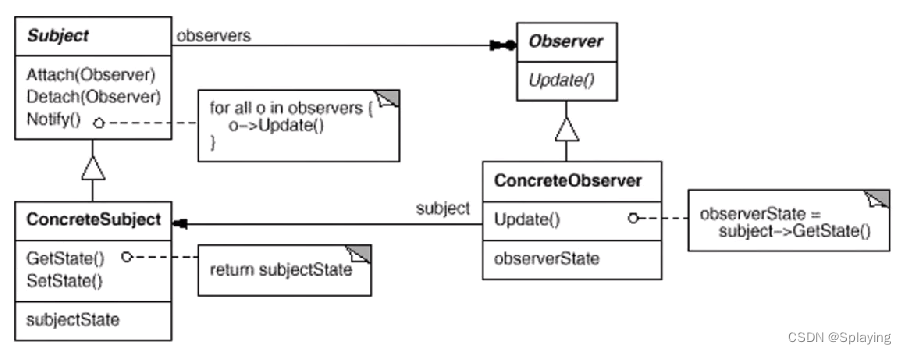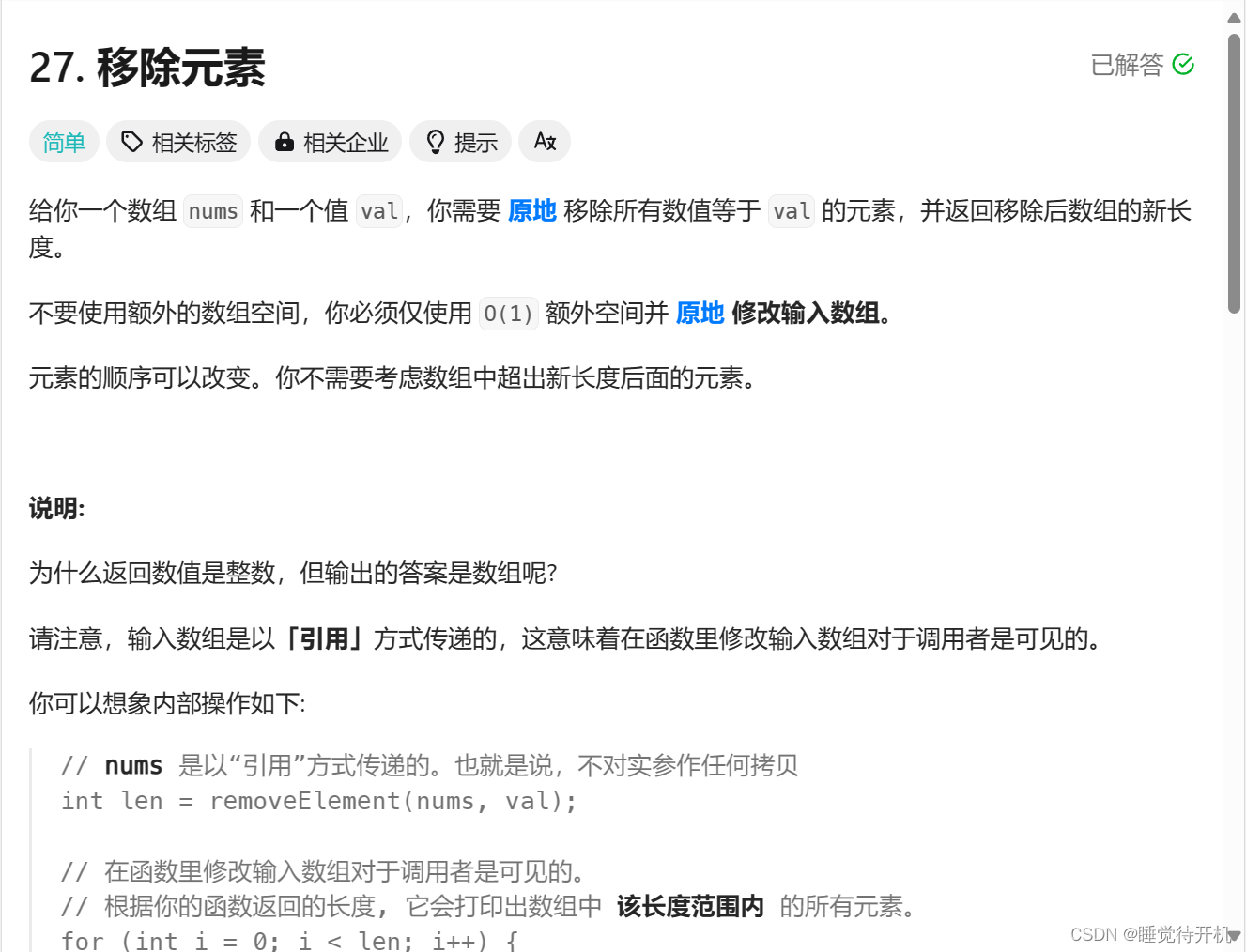挺快的,框架这一部分
文章目录
- 一、Spring概述
- 入门案例
- 导入依赖包
- 在src下写配置文件
- 创建普通类和测试类
- 二、IOC(控制反转)
- 2.1 IOC bean 的XML操作(创建对象,注入属性
- 2.2 IOC bean 的 注解 操作
- 三、AOP(面向切面)
- 3.1 切入点表达式
- 3.2 xml 实现AOP
- 3.3 注解实现AOP
一、Spring概述
轻量级的 开源的 J2EE框架
IOC: 将创建对象的过程交给Spring来管理[控制反转]
AOP: 面向切面编程,不修改源代码的情况让你的程序增强.
Spring框架的特点
简化开发
aop的支持
方便和其他的框架进行整合
方便进行事务操作
入门案例
导入依赖包
在src下写配置文件
<?xml version="1.0" encoding="UTF-8" ?>
<beans xmlns="http://www.springframework.org/schema/beans"xmlns:xsi="http://www.w3.org/2001/XMLSchema-instance"xmlns:p="http://www.springframework.org/schema/p"xmlns:context="http://www.springframework.org/schema/context"xmlns:aop="http://www.springframework.org/schema/aop"xsi:schemaLocation="http://www.springframework.org/schema/beanshttp://www.springframework.org/schema/beans/spring-beans.xsdhttp://www.springframework.org/schema/contexthttps://www.springframework.org/schema/context/spring-context.xsdhttp://www.springframework.org/schema/aophttps://www.springframework.org/schema/aop/spring-aop.xsd"></beans>
创建普通类和测试类
public class User implements Serializable {public void sayHello(){System.out.println("Hello Java之神!");}
}
在上面配置文件的beans标签里面写bean标签
//id是起个名字,class是类名路径
<bean id="user" class="User"/>
在测试类中调用sayHello方法
@Testpublic void testBean(){//获取配置文件ApplicationContext applicationContext = new ClassPathXmlApplicationContext("applicationContext.xml");//调用获得实例User user = applicationContext.getBean("user", User.class);//调用实例的方法user.sayHello();}
二、IOC(控制反转)
IOC底层
- 1.xml解析
- 2.工厂模式
- 3.反射
入门案例就是一个控制反转的例子,就是把创建对象的过程交给对象工厂。
Spring 提供IOC实现一共有两种方式:
BeanFactory(了解
是框架内部使用的接口,不提供给开发者 加载配置文件的时候不会创建对象,只有获取对象的时候才会创建。
ApplicationContext(重点
这个是面对开发者的,是BeanFactory接口的子接口,功能更强大。 加载配置文件的时候就会将对象创建出来。
2.1 IOC bean 的XML操作(创建对象,注入属性
属性注入
<!-- set注入 --><bean id="user1" class="User"><property name="name" value="我是set注入"/><property name="id" value="1"/></bean><!-- 构造注入 --><bean id="user2" class="User"><constructor-arg name="id" value="2"/><constructor-arg name="name" value="我是构造注入"/></bean><!-- p 命名空间注入 ( --><bean id="user3" class="User" p:id="3" p:name="我是p 命名空间注入"/>
级联赋值
<!-- 级联赋值 --><!-- 第一种方式 --><bean id="emp" class="entity.Emp"><property name="name" value="idiot"/><property name="dept"><bean class="entity.Dept"><property name="name" value="地球人事管理"/></bean></property></bean><!-- 第二种方式 --><bean id="emp" class="entity.Emp"><property name="name" value="idiot"/><property name="dept" ref="dept"/></bean><bean id="dept" class="entity.Dept"><property name="name" value="宇宙管理分局"/></bean>
特殊类型处理
public class Demo implements Serializable {private String [] strings;private List<String> lists;private Map<String,String> maps;private Set<String> sets;
}
<bean id="demo" class="entity.Demo"><!--处理List--><property name="lists"><list><value> list1 </value><value> list2 </value></list></property><!--处理Map--><property name="maps"><map><entry key="1" value="map1"/><entry key="2" value="map2"/></map></property><!--处理Array--><property name="Strings"><array><value> String1 </value><value> String2 </value></array></property><!--处理set--><property name="sets"><set><value> set1 </value><value> set2 </value></set></property></bean>
scope=“prototype” 多实例
scope=“singleton” 默认情况 单实例
bean生命周期:
- 执行无参构造
- 执行set方法设置值
- 执行初始化方法(init-method
- 获取bean的实例对象
- 执行销毁的方法 (destroy-method
自动装配
autuwire
- byName : 根据属性名注入,
要求注入bean的id 值要和类的属性名保持一致!!- byType : 根据类型注入
2.2 IOC bean 的 注解 操作
Spring框架中提供的关于创建bean的注解 :
@Component
@Service
@Controller
@Repository
四个注解的功能是一样的,都可以用来创建bean的实例
@Autowired 自动配置
@Service
public class Emp implements Serializable {private String name;@Autowired //这个注解可以自动装配默认采用 byType,即会寻找该类的bean自动注入,不存在的话会抛出异常private Dept dept;
}
使用注解要先扫描
<context:component-scan base-package="entity"/>
三、AOP(面向切面)
AOP底层是动态代理
- 有接口 使用jdk动态代理
- 无接口 使用cglib动态代理
AOP 术语
连接点:类里面的哪些方法可以被增强,那么这个方法称为连接点
切入点:
实际被真正增强的方法,称为切入点
切面:
把通知应用到切入点的过程称为切面
通知[增强]:
实际增强的逻辑部分称为通知
通知的类型:
- 前置通知
- 后置通知
- 环绕通知
- 异常通知
- 最终通知
准备开发:Spring的aop是基于 AspectJ 实现aop操作的AspectJ 不是Spring的组成部分,独立的AOP框架,将AspectJ 和Spring框架一起使用,进行AOP操作。
3.1 切入点表达式
execution([访问修饰符][返回值类型][类的全路径][方法名][(形参列表)])
execution(* entity.Person.song(..))
3.2 xml 实现AOP
<bean id="person" class="entity.Person"/><bean id="personProxy" class="entity.PersonProxy"/><aop:config><aop:pointcut id="p" expression="execution(* entity.Person.song(..))"/><aop:aspect ref="personProxy"><aop:before method="before" pointcut-ref="p"/><aop:after method="after" pointcut-ref="p"/><aop:around method="around" pointcut-ref="p"/><aop:after-returning method="afterReturning" pointcut-ref="p"/><aop:after-throwing method="afterThrowing" pointcut-ref="p"/></aop:aspect></aop:config>
3.3 注解实现AOP
还是要先扫描
<context:component-scan base-package="entity"/>
然后要打开自动代理
<aop:aspectj-autoproxy/>
代理类
@Component
@Aspect //这个不要忘记了,要确定切面
public class PersonProxy {@Before("execution(* entity.Person.song(..))")public void before(){System.out.println("唱前准备:前置通知");}@After("execution(* entity.Person.song(..))")public void after(){System.out.println("散伙!:最终通知");}@Around("execution(* entity.Person.song(..))")public void around(ProceedingJoinPoint proceedingJoinPoint) throws Throwable {System.out.println("立体音响:环绕通知前半场");proceedingJoinPoint.proceed();System.out.println("立体音响:环绕通知后半场");}@AfterReturning("execution(* entity.Person.song(..))")public void afterReturning(){System.out.println("唱后收拾:后置通知");}@AfterThrowing("execution(* entity.Person.song(..))")public void afterThrowing(){System.out.println("突发状况!开始处理!:异常通知");}
}
学完了?



